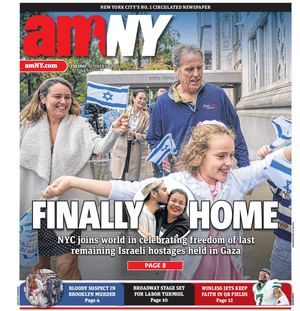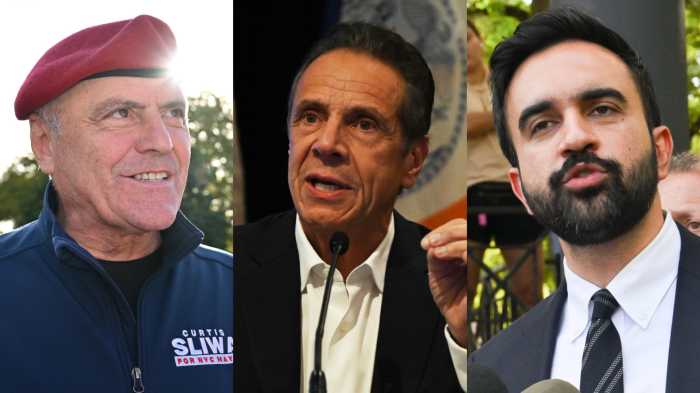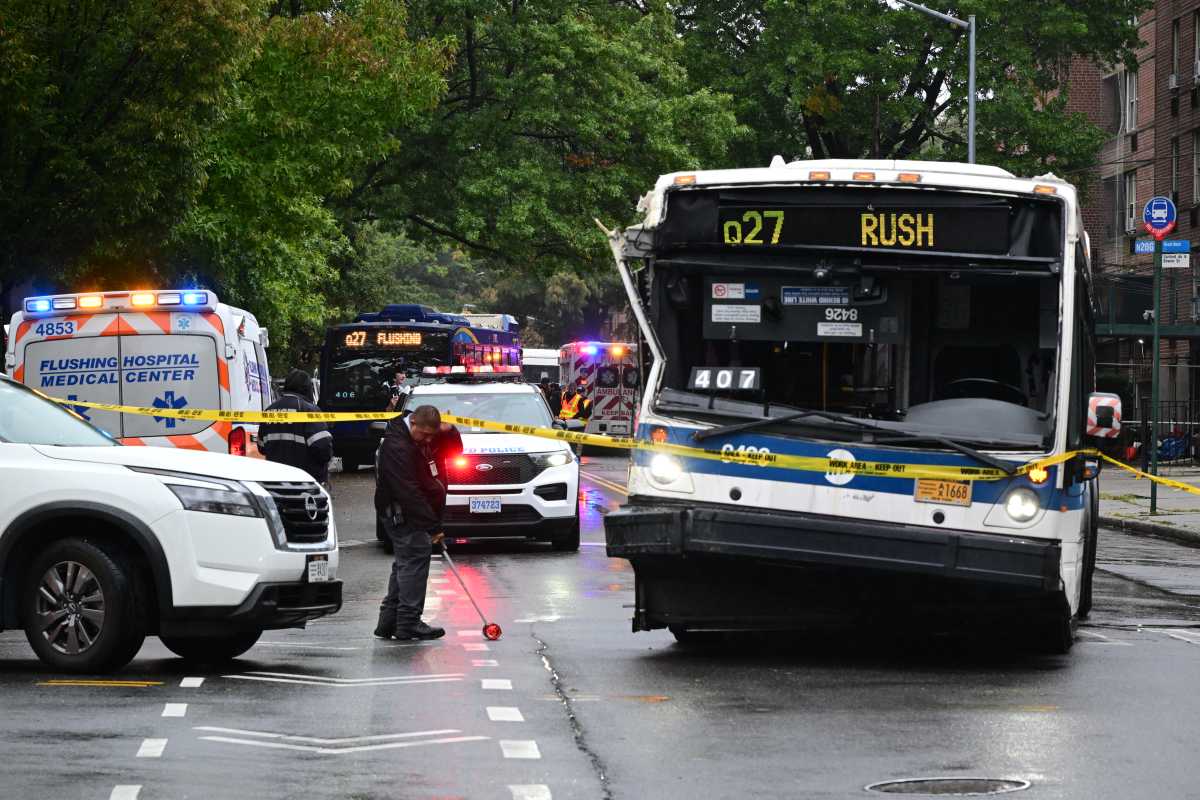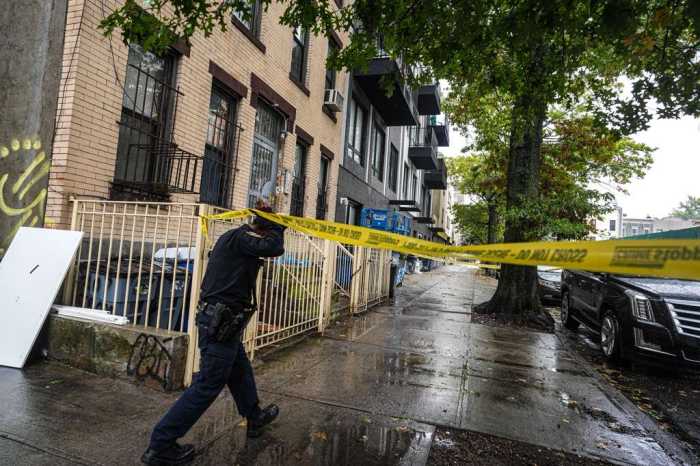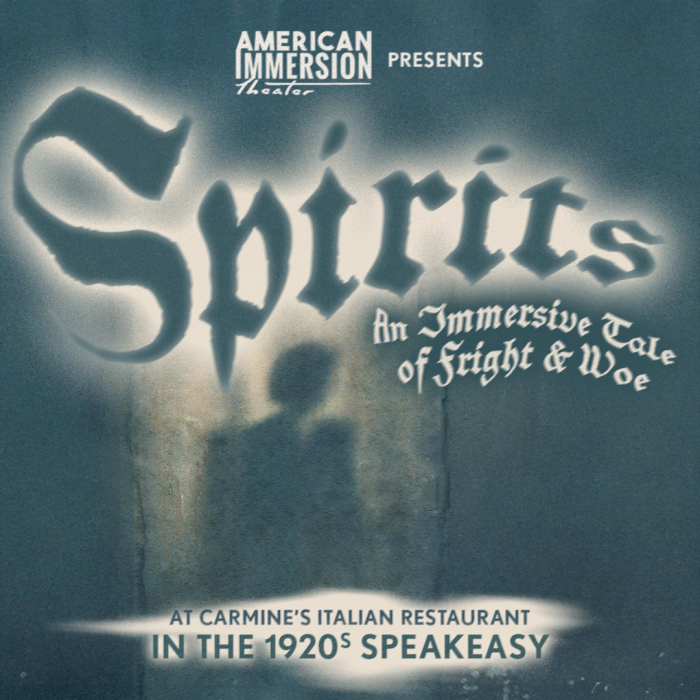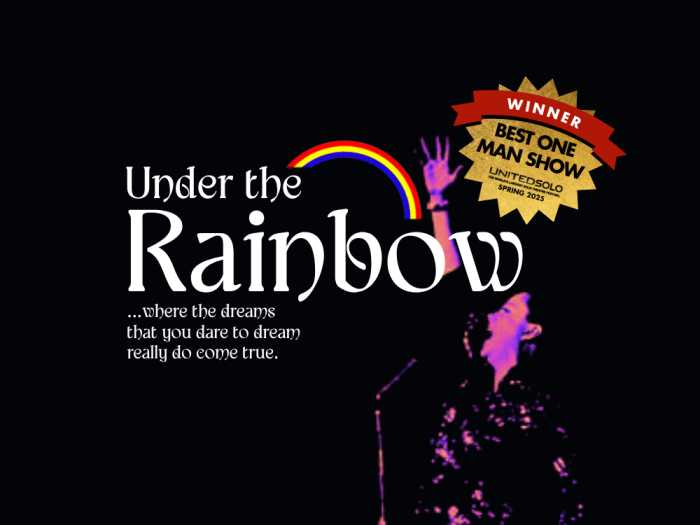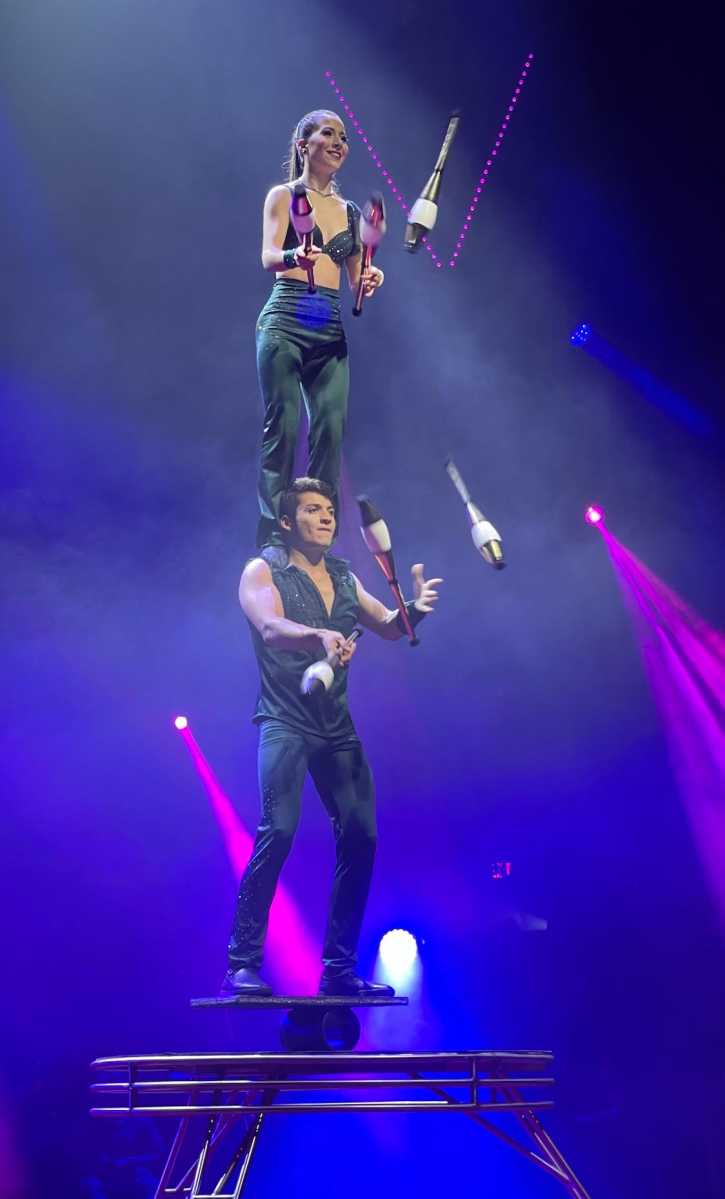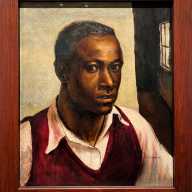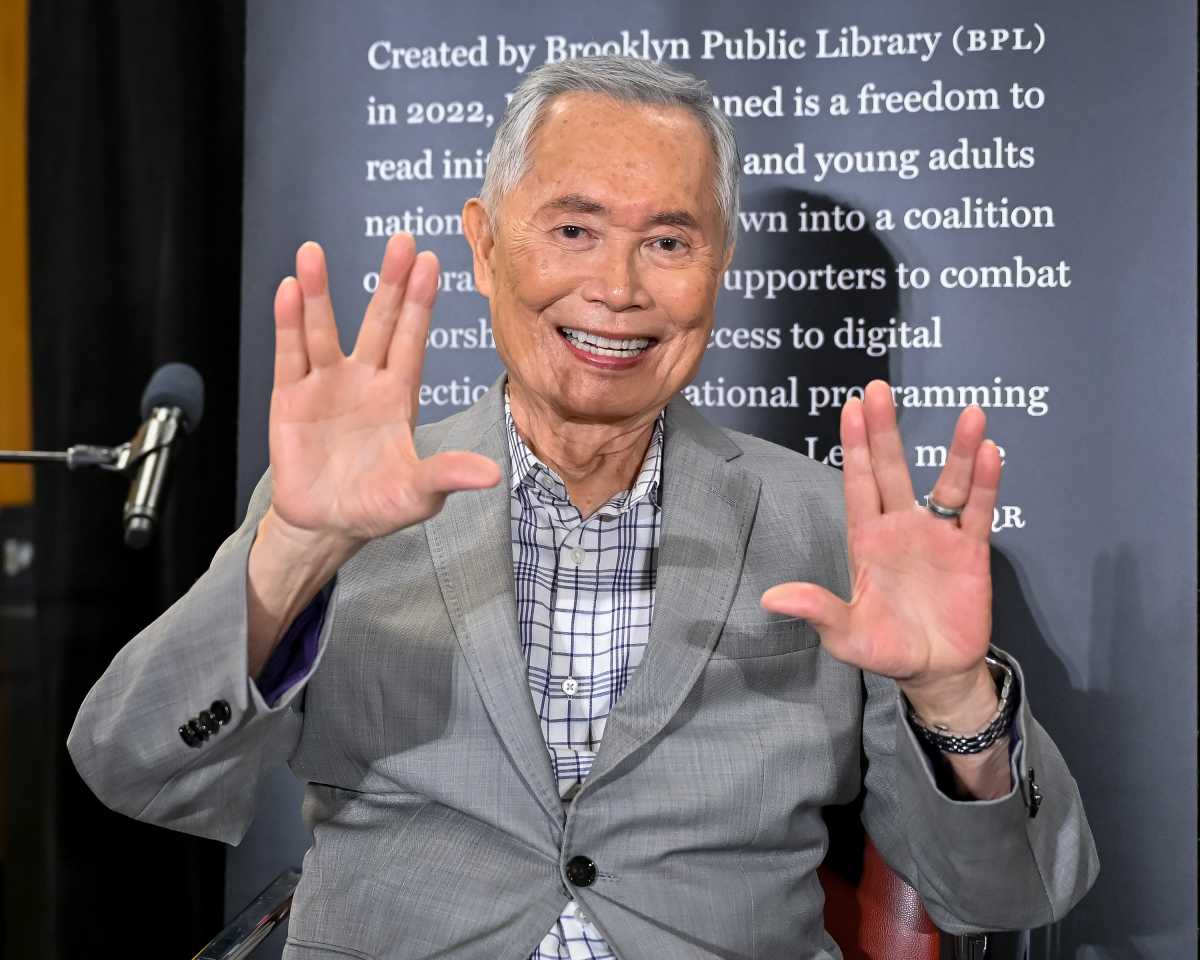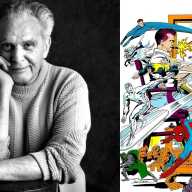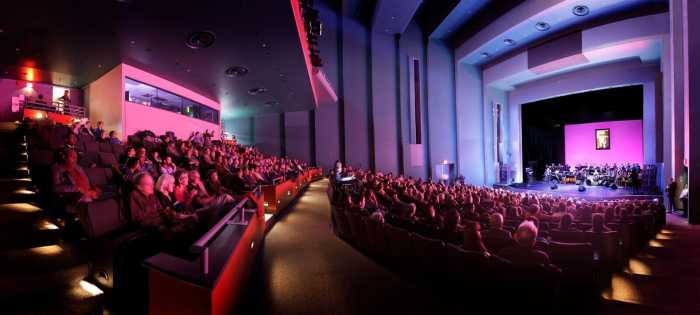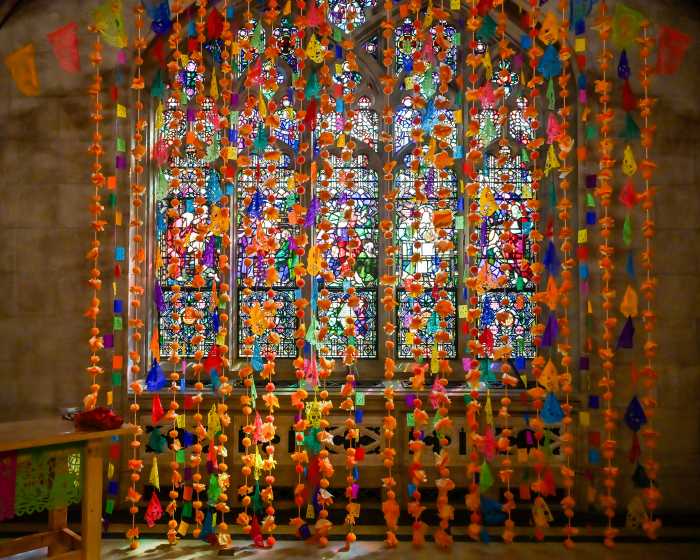
A red, blue and white parachute with the names of 48 women of color fluttered up into the sunlight, anchored by four women chanting, “This is what democracy looks like,” amid hundreds of thousands gathered Saturday for the Women’s March in New York City.
Championed by 37-year-old artist Elizabeth Hamby, the artwork represented the names of women of color running for office at the state and federal levels across the country. “I was thinking about some of the criticism for the women’s movement as dominated by the concerns of white women,” Brooklyn-based Hamby said. “I wanted to find a way to lift up the leadership of women of color around the country.”
New Yorkers throughout the march took up the cause of celebrating women of color and advocating for their rights with signs that read “Defend DACA,” “Black Lives Matter” and “No Muslim Registry.” This proved an improvement on the first Women’s March, when critics of the feminist movement challenged that it predominantly focused on creating exposure for white women’s issues, and did not include those of communities of color.
The concept of intersectional feminism resurfaced after President Donald Trump’s election, which prompted conversations about race in the feminist rhetoric. Women of color instigated white women to acknowledge their privilege, talk less and listen more, the New York Times reported. They argued for a need to introduce intersectionality and more inclusion into the women’s movement, which spans races and gender identities.
“It’s not just a white movement. It doesn’t matter what color you are, we are all united,” said Brooklyn resident Camilla Enders, who marched with a sign depicting three raised arms, all of varying skin tones. “There are so many women who feel they don’t have a voice. It’s time we all come together.”
In 2017, the Women’s March introduced a series of “Unity Principles” that addresses issues faced by women in all walks of life, including domestic violence and immigration, according to its website. Deeming it an “intersectional platform,” the list aims to further the movement’s mission — “harness the political power of diverse women and their communities to create transformative social change.”
On Saturday, New Yorkers marched to advance that goal.
Anna Moore, 21, voiced her support for the transgender community while sporting a bright pink pussyhat. Amazed at the “wonderful and clever” signs she had seen at the march, she applauded the marchers’ dedication toward promoting intersectionality and voiced her support for the transgender community.
“It’s important to also recognize the women who don’t have vaginas. They deserve as much respect,” Moore said. “I am marching for her as much as I am for me.”
An artist collective, We Make America, consisting of more than 100 marchers, echoed the importance of diversity, while marching with giant floats reading “Pussy Gate” and “Time’s Up” with several wave signs designed to reflect the “tsunami of change” about to arrive in America, according to Charles Luce, a member of the organization.
Their collaboration also included a sign with the names of 48 women running for political office, derived from the Time magazine cover that featured the women’s photos.
“This is not a movement that focuses on feminist issues anymore. It has evolved into a broad spectrum that addresses the needs of all the people in America,” Luce said. “We are amassing a collective consciousness.”
Approximately 200,000 protesters took to the streets in New York Saturday. While a significant drop from an expected 400,000, those attending ensured their rallying cries were heard far and loud.
Bronxite Gwyneth Swift, who was marching for women’s rights and Deferred Action for Childhood Arrivals enrollees, gestured around the throng of protesters as if their mere presence were enough for her.
“We are all here — black, white, Indian, Arab, we are all here,” she said, smiling. “And we are not going anywhere.”
